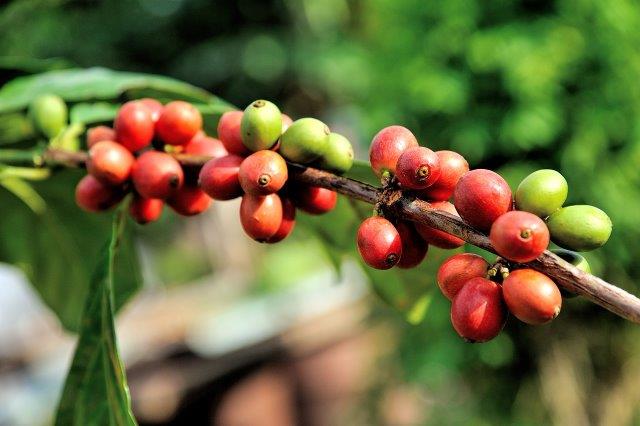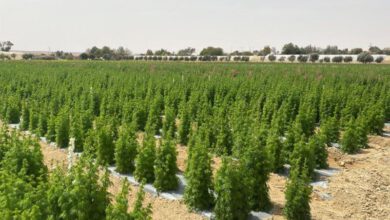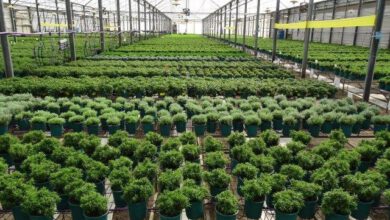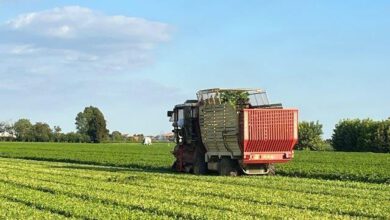Fertilizers provide the nutrients crops need to achieve high quality and yields. But how do fertilizers affect the environment? The answer may not be quite what you expect.
Dr. Patricia Imas
ICL Agronomy content manager & commodities specialist
Our environment is precious. It provides us with the air we breathe, the water we drink, and the food we eat. When it comes to agriculture, the crops utilize the air, soil, and water to produce the crops we use for our food or raw materials for industry and energy production. Fertilizers are an essential part of this crop production, increasing yields and quality to the levels required, but what impact does their use have on the planet’s ecosystems? Interestingly, and perhaps contrary to the perceptions of many, the judicious use of fertilizers can be a significant tool for preserving the environment.
Protecting with Productivity
One of the most significant reasons to use fertilizers is to increase agricultural yields. But how can increasing crop productivity protect the environment? If we look at the world’s forests, we discover that agriculture is the major contributor to deforestation. The need for more land to grow increasing quantities of food has led some growers to clear forests to grow their crops. But, instead of expanding the land area that crops are grown on, increasing the productivity of the existing land will lower the pressure to expand farming to new areas.
Research by the International Institute for Tropical Agriculture (IITA) and the Center for International Forestry Research (CIFOR) found that low-input cocoa, cassava, and oil palm farming led to the widespread deforestation and degradation of West Africa’s tropical forests. According to the study, cocoa production in West Africa’s Guinean Rainforest region doubled from 1987 to 2007, to a great extent relying on clearing forests to create new farmland. This deforestation resulted in extensive loss of biodiversity and high carbon emissions.
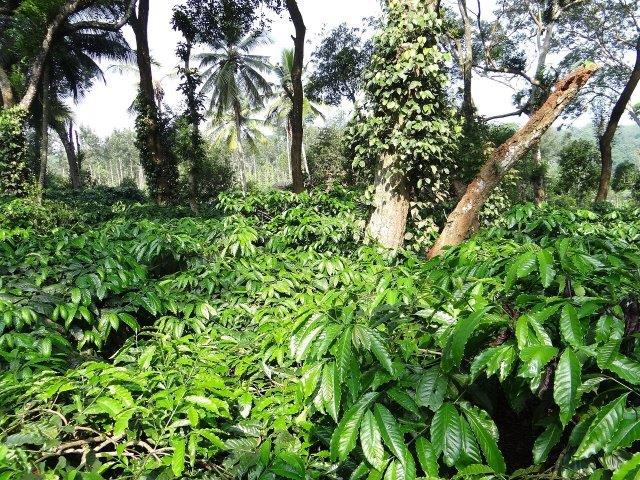
Growers in the area were using an average of just 4 kg of nutrients per hectare, resulting in low yields. Researchers calculated that increasing fertilizer use to increase productivity from the available land could have spared over 2 million hectares of tropical forest from being cleared or degraded. Intensified use of fertilizer and agrochemicals, coupled with improved crop husbandry, could have produced the same outputs, doubled farmer incomes, and helped to avoid deforestation, preventing 1.3 billion tons of CO2 emissions.
Combatting Land Degradation
Other land areas can also benefit from fertilizer use. Poor management practices in arid, semi-arid, and dry sub-humid areas lead to declining soil fertility, land degradation, and, ultimately, desertification. Globally, 24 billion tons of fertile soil are lost annually, affecting 3.2 billion people. With degraded soils, productivity declines, threatening food security.
In sub-Saharan Africa, for example, 40% of soils are depleted of nutrients, while fertilizer consumption is just 2% of the global average. By increasing fertilizer use according to the 4R’s principle of the right nutrient source, at the right rate, in the right place, and at the right time, growers could sustainably increase their yields, incomes, and livelihoods. The 4R’s nutrient stewardship would also prevent further land degradation and help restore already degraded land while replenishing the soils’ nutrient pools.

Capturing Carbon in the Soil
While soils are a crucial source of the nitrogen, phosphorus, and potassium that plants need to thrive, the carbon content in the soil is also a key factor. After harvest, any crop residue left in the field is a valuable source of carbon that can be introduced into the soil. Each hectare of soil can store up to 300 tons of carbon, equivalent to 1,100 tons of CO2. So, increasing crop yields through improved fertilizer use can result in increased crop residues that return carbon to the soil directly, after composting, or as animal manure.
For optimum results, it is best to improve the carbon-to-nitrogen ratio (C:N ratio) when crop residues are incorporated into the soil, thereby increasing the rate at which soil organic carbon forms and minimizing any increases in nitrogen losses to the environment.
Nitrogen Fertilizers and the Environment
Nitrogen fertilizers are often highlighted when discussing fertilizers’ environmental impact. This may be because of the energy required during their manufacture, or how indiscriminate use can lead to excess nutrients leaching into water courses, or the release of nitrous oxide into the atmosphere. This is why precise nutrient application is essential.
Using controlled-release fertilizers (CRF) increases crops’ nitrogen use efficiency (NUE). The CRF manages the nutrient release rate, matching it to the demands of the crop as it grows. Not only does this controlled release simplify the fertilizer application process, but it also means that crops take up a higher proportion of the nitrogen applied, with less nitrogen lost to the environment. What this means in practice is that growers can reduce their total nitrogen application while achieving the same yields. For example, a potato trial in Poland demonstrated how combining ICL’s Agromaster CRF and Polysulphate fertilizers achieved a 22% increase in potato yield with a 20% reduction in nitrogen application.
With eqo.x release technology, ICL’s latest CRF innovation, our controlled-release fertilizers now have another benefit. Our high-performance controlled-release fertilizers with our new eqo.x release technology, including our Agromaster and Agrocote fertilizers, have the added advantage that the fertilizer coating quickly and fully biodegrades after the nutrients are released, leaving no residue in the soil.
Conserving Water Through Fertigation
Another area where agriculture impacts the environment is the use of water. Agriculture accounts for around 70% of the water drawn from aquifers, streams, and lakes. This water has fueled extraordinary growth in agricultural productivity over the last 50 years. However, when combined with the water demands from outside agriculture and the effects of climate change, water scarcity is becoming an increasing concern for agriculture and food security.
Using fertigation, growers can reduce their fertilizer and water use. Fertigation involves applying nutrients with the irrigation water, providing precise control over the delivery of nutrients and water. In fact, micro-irrigation fertigation systems can boost crop yields while increasing water use efficiency to an astonishing 90% and nutrient use efficiency to an equally impressive 90%.

This improved efficiency delivers the same yields using up to 50% less fertilizers than other methods while, at the same time, reducing water consumption.
Balanced Fertilization for Best Results
So, the use of fertilizers can benefit the environment, reducing land degradation, reducing the causes of deforestation, reducing water use, and helping to increase carbon capture in the soil. However, fertilizer use must be adapted to the needs of crops to achieve these beneficial effects.
Crops require 17 essential nutrients for growth, but in most cases, they only need nitrogen, phosphorus, and potassium in large quantities. The ratio of these nutrients should match the needs of the crops. The process of ensuring the application of adequate nutrients at the optimum ratio is called ‘Balance Fertilization’. Failure to get the ratio right can lead to depletion in soil fertility, decreased yield, poor crop quality, and lower profits. However, with balanced fertilization, yields increase, crop quality improves, soil fertility improves, profits are raised, and the environment benefits.
Choosing to use advanced crop nutrition products, backed by professional agronomic advice, can make all the difference, sustainably producing higher crop yields while also helping to preserve the environment that we all rely on.

